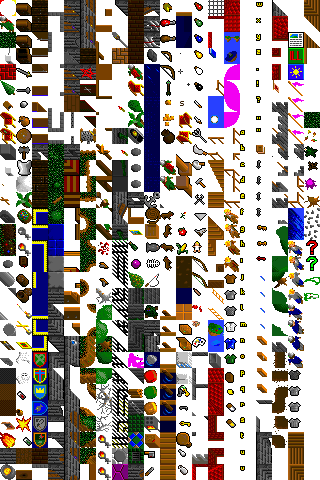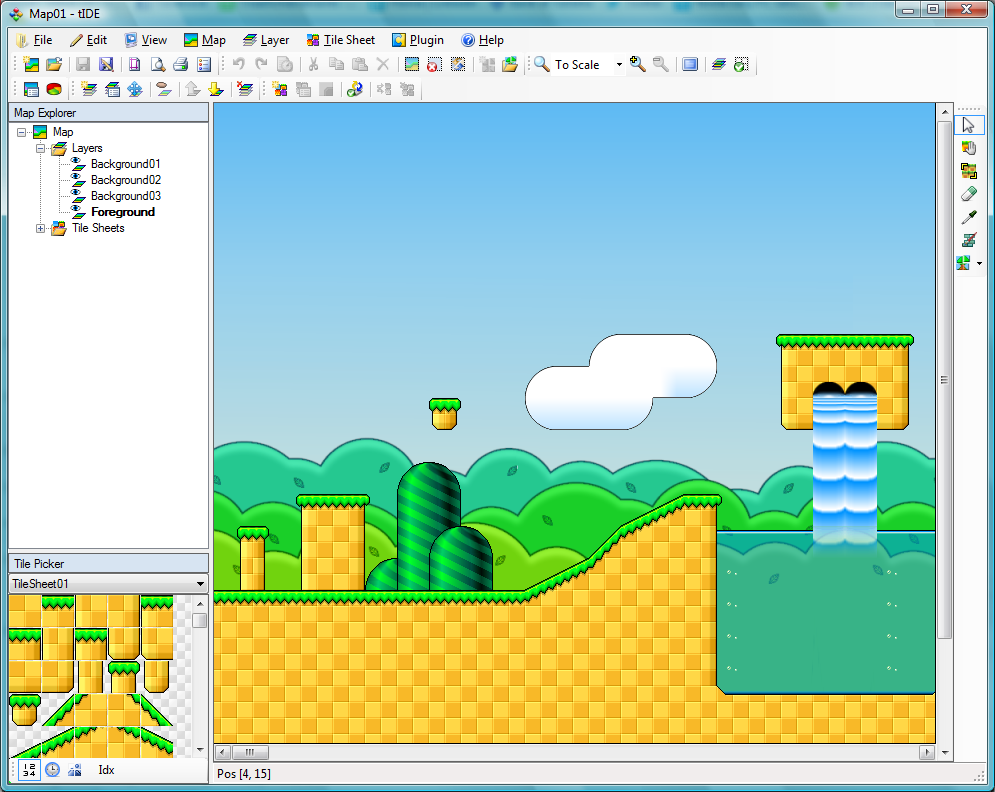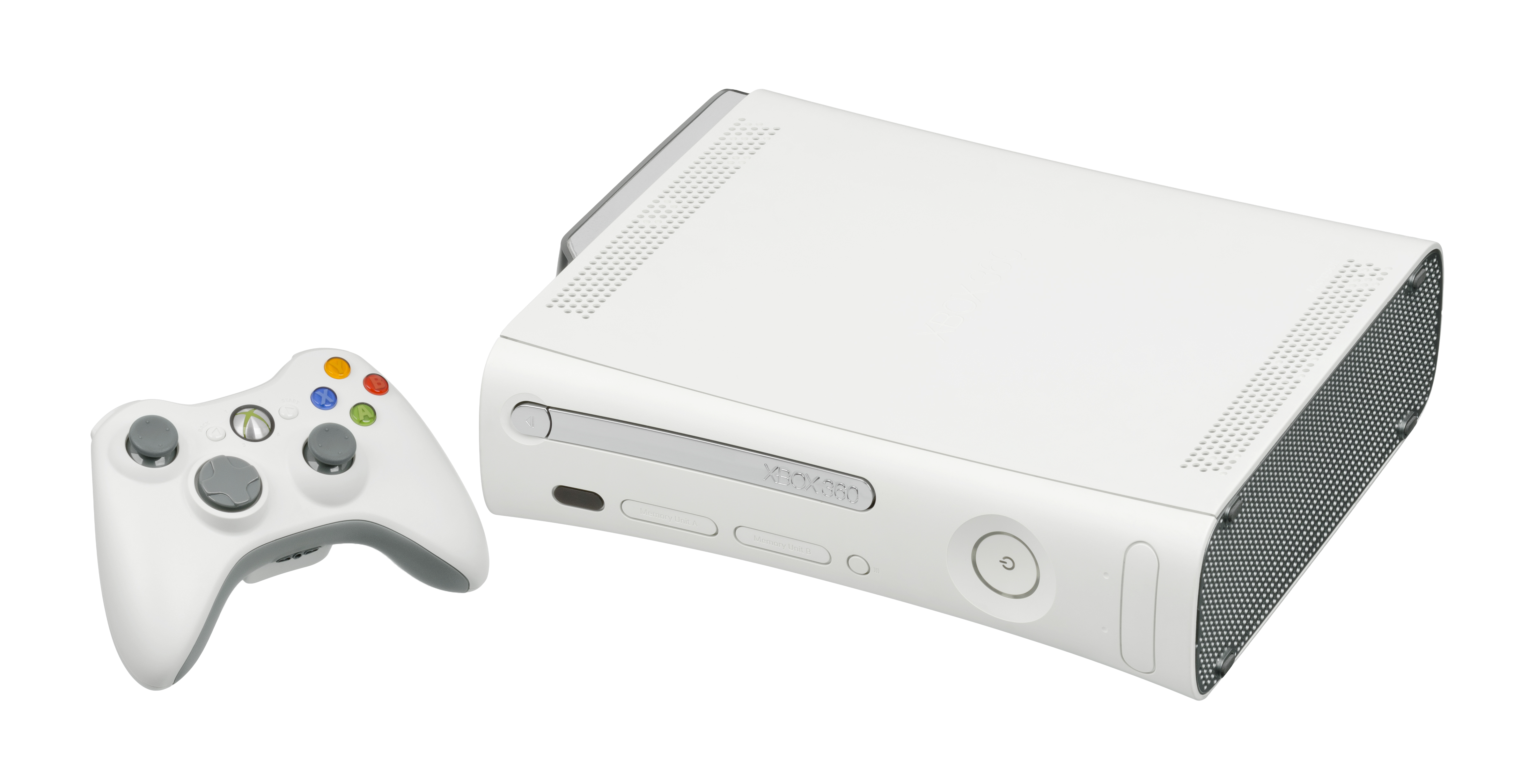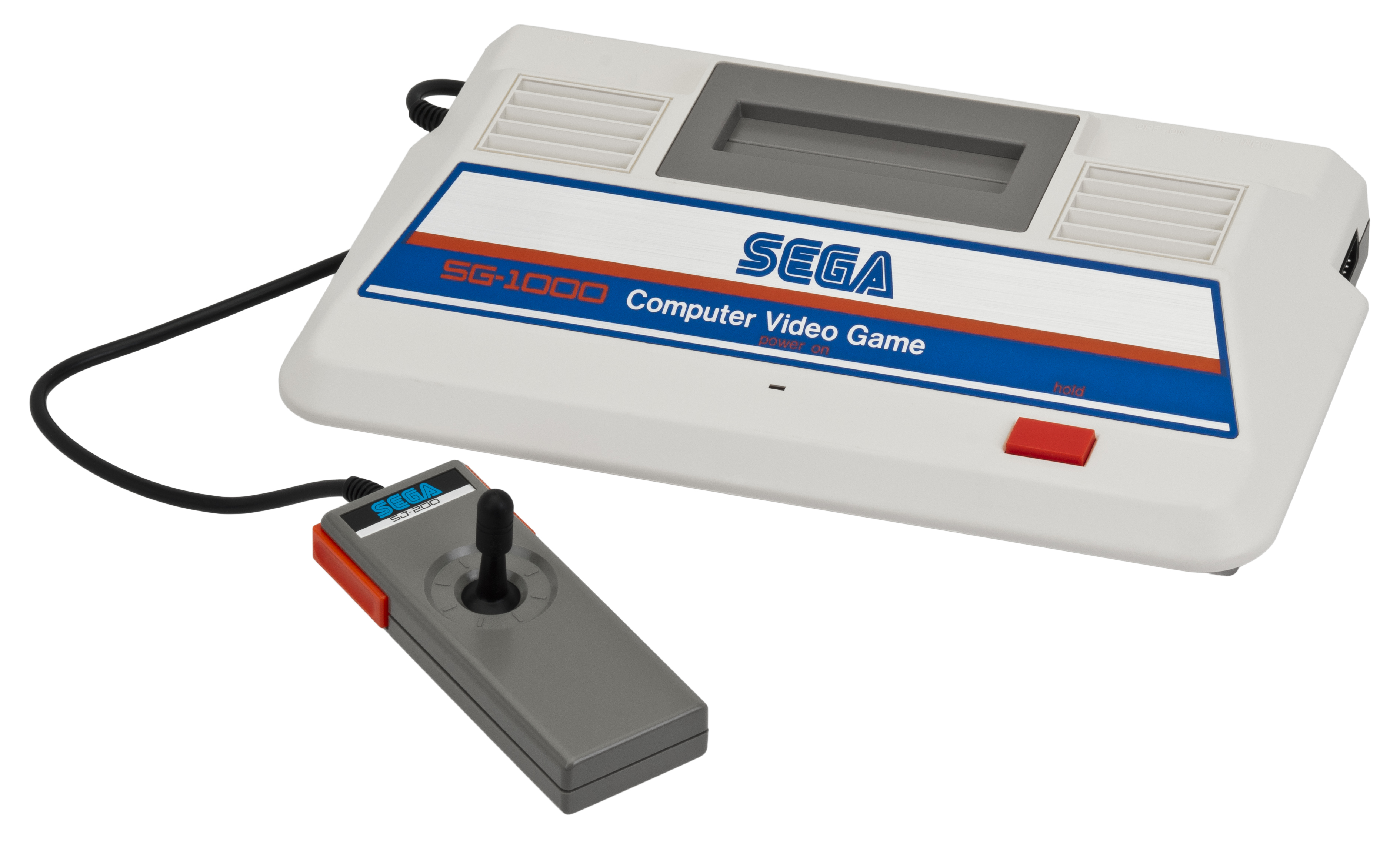|
ROM Hack
ROM hacking is the process of modifying a ROM image or ROM file to alter the contents contained within, usually of a video game to alter the game's graphics, dialogue, levels, gameplay, and/or other elements. This is usually done by technically inclined video game fans to improve an old game of importance, as a creative outlet, or to essentially make ''new'', unofficial games using the old game's engine. ROM hacking is generally accomplished through use of a hex editor (a program for editing non-textual data) and various specialized tools such as tile editors, and game-specific tools which are generally used for editing levels, items, and the like, although more advanced tools such as assemblers and debuggers are occasionally used. Once ready, they are usually distributed on the Internet for others to play on an emulator or a games console. Many ROM hacks today are typically created as a fun way of playing the original games, as they typically redesign the game with new mechan ... [...More Info...] [...Related Items...] OR: [Wikipedia] [Google] [Baidu] |
Modding
Modding (from "modifying") is the act of modifying hardware, software, or anything else to perform a function not originally intended by the designer, or to achieve bespoke specification or appearance. The term is often used in reference to video game modding, particularly in regard to creating new or altered content and sharing that via the web. It may be applied to the overclocking of computers in order to increase the frequency at which the CPU operates. Case modding is a popular activity amongst many computer enthusiasts which involves the customization of a computer case or the installation of water cooling technology. In connection with automobiles, modding can connote engine tuning, remapping of a vehicle's engine control unit or customization of the coachwork. Computers and digital equipment Legal issues Modding may sometimes infringe the legal rights of the copyright owner. Some nations have laws prohibiting modding and accuse modders of attempting to overcome copy ... [...More Info...] [...Related Items...] OR: [Wikipedia] [Google] [Baidu] |
Speedrunning
Speedrunning is the act of playing a video game, or section of a video game, with the goal of completing it as fast as possible. Speedrunning often involves following planned routes, which may incorporate sequence breaking and exploit glitches that allow sections to be skipped or completed more quickly than intended. Tool-assisted speedrun, Tool-assisted speedrunning (TAS) is a subcategory of speedrunning that uses Emulator, emulation software or additional tools to create a precisely controlled sequence of inputs. Many online communities revolve around speedrunning specific games; community leaderboard rankings for individual games form the primary competitive metric for speedrunning. Racing between two or more speedrunners is also a popular form of competition. Videos and Livestreaming, livestreams of speedruns are shared via the internet on media sites such as YouTube and Twitch (service), Twitch. Speedruns are sometimes showcased at marathon events, which are Gaming convent ... [...More Info...] [...Related Items...] OR: [Wikipedia] [Google] [Baidu] |
Tile-based Video Game
A tile-based video game, or grid-based video game, is a type of video game where the playing area consists of small square (or, much less often, rectangular, parallelogram, or hexagonal) graphic images referred to as ''tiles'' laid out in a grid. That the screen is made of such tiles is a technical distinction, and may not be obvious to people playing the game. The complete set of tiles available for use in a playing area is called a ''tileset''. Tile-based games usually simulate a top-down, side view, or 2.5D view of the playing area, and are almost always two-dimensional. Much video game hardware from the late 1970s through the mid-1990s has native support for displaying tiled screens with little interaction from the CPU. Overview Tile-based games are not a distinct video game genre. The term refers to the technology that the hardware or game engine uses for its visual representation. For example, '' Pac-Man'' is an action game, '' Ultima'' is a role-playing video game an ... [...More Info...] [...Related Items...] OR: [Wikipedia] [Google] [Baidu] |
Comparison Of Dragon Warrior And Dragoon X Omega
Comparison or comparing is the act of evaluating two or more things by determining the relevant, comparable characteristics of each thing, and then determining which characteristics of each are similar to the other, which are different, and to what degree. Where characteristics are different, the differences may then be evaluated to determine which thing is best suited for a particular purpose. The description of similarities and differences found between the two things is also called a comparison. Comparison can take many distinct forms, varying by field: To compare things, they must have characteristics that are similar enough in relevant ways to merit comparison. If two things are too different to compare in a useful way, an attempt to compare them is colloquially referred to in English as "comparing apples and oranges." Comparison is widely used in society, in science and the arts. General usage Comparison is a natural activity, which even animals engage in when decidin ... [...More Info...] [...Related Items...] OR: [Wikipedia] [Google] [Baidu] |
Level Editing
A level editor (also known as a map, campaign or scenario editor) is a game development tool used to design levels, maps, campaigns and virtual worlds for a video game. An individual involved with the development of game levels is a level designer or mapper. Official level editors are typically made to assist game development or to allow for greater player creativity, while fan-made editors are usually created for easier modding. Level editors vary in complexity; level editors used in game development are usually more difficult and extensive than those made with players in mind. History ''Lode Runner'' (1983) is one of the earliest examples of games with a level editor. The idea of a level editor was conceived due to a lack of programming experience of James Bratsanos, a friend of the game's lead programmer and designer Douglas E. Smith. In a 2010 interview, game designer John Romero claimed that Smith added the level-editing function at the request of neighborhood kids he had ... [...More Info...] [...Related Items...] OR: [Wikipedia] [Google] [Baidu] |
Dual Tile Encoding
Byte-pair encoding (also known as BPE, or digram coding) is an algorithm, first described in 1994 by Philip Gage, for encoding strings of text into smaller strings by creating and using a translation table. A slightly modified version of the algorithm is used in large language model tokenizers. The original version of the algorithm focused on compression. It replaces the highest-frequency pair of bytes with a new byte that was not contained in the initial dataset. A lookup table of the replacements is required to rebuild the initial dataset. The modified version builds "tokens" (units of recognition) that match varying amounts of source text, from single characters (including single digits or single punctuation marks) to whole words (even long compound words). Original algorithm The original BPE algorithm operates by iteratively replacing the most common contiguous sequences of characters in a target text with unused 'placeholder' bytes. The iteration ends when no sequences can be ... [...More Info...] [...Related Items...] OR: [Wikipedia] [Google] [Baidu] |
ASCII
ASCII ( ), an acronym for American Standard Code for Information Interchange, is a character encoding standard for representing a particular set of 95 (English language focused) printable character, printable and 33 control character, control characters a total of 128 code points. The set of available punctuation had significant impact on the syntax of computer languages and text markup. ASCII hugely influenced the design of character sets used by modern computers; for example, the first 128 code points of Unicode are the same as ASCII. ASCII encodes each code-point as a value from 0 to 127 storable as a seven-bit integer. Ninety-five code-points are printable, including digits ''0'' to ''9'', lowercase letters ''a'' to ''z'', uppercase letters ''A'' to ''Z'', and commonly used punctuation symbols. For example, the letter is represented as 105 (decimal). Also, ASCII specifies 33 non-printing control codes which originated with ; most of which are now obsolete. The control cha ... [...More Info...] [...Related Items...] OR: [Wikipedia] [Google] [Baidu] |
Assembly Hacking
Assembly may refer to: Organisations and meetings * Deliberative assembly, a gathering of members who use parliamentary procedure for making decisions * General assembly, an official meeting of the members of an organization or of their representatives * House of Assembly, a name given to the legislature or lower house of a bicameral legislature * National Assembly, either a legislature or the lower house of a bicameral legislature in some countries ** National Assembly (other) * Popular assembly, a localized citizen gathering to address issues of importance to the community * Qahal, or assembly, an Israelite organizational structure * People's Assembly (other) * Assembly of Experts, the deliberative body empowered to designate and dismiss the Supreme Leader of Iran * Freedom of assembly, the individual right to come together and collectively express, promote, pursue and defend common interests * School assembly, a gathering of all or part of a school Science, t ... [...More Info...] [...Related Items...] OR: [Wikipedia] [Google] [Baidu] |
Internet Archive
The Internet Archive is an American 501(c)(3) organization, non-profit organization founded in 1996 by Brewster Kahle that runs a digital library website, archive.org. It provides free access to collections of digitized media including websites, Application software, software applications, music, audiovisual, and print materials. The Archive also advocates a Information wants to be free, free and open Internet. Its mission is committing to provide "universal access to all knowledge". The Internet Archive allows the public to upload and download digital material to its data cluster, but the bulk of its data is collected automatically by its web crawlers, which work to preserve as much of the public web as possible. Its web archiving, web archive, the Wayback Machine, contains hundreds of billions of web captures. The Archive also oversees numerous Internet Archive#Book collections, book digitization projects, collectively one of the world's largest book digitization efforts. ... [...More Info...] [...Related Items...] OR: [Wikipedia] [Google] [Baidu] |
Seventh Generation Of Video Game Consoles
The seventh generation of home video game consoles began on November 22, 2005, with the release of Microsoft's Xbox 360 home console. This was followed by the release of Sony's PlayStation 3 on November 17, 2006, and Nintendo's Wii on November 19, 2006. Each new console introduced new technologies. The Xbox 360 offered games rendered natively at high-definition video (HD) resolutions, the PlayStation 3 offered HD movie playback via a built-in 3D Blu-ray Disc player, and the Wii focused on integrating controllers with movement sensors as well as joysticks. Some Wii controllers could be moved about to control in-game actions, which enabled players to simulate real-world actions through movement during gameplay. By this generation, video game consoles had become an important part of the global IT infrastructure; it is estimated that video game consoles represented 25% of the world's general-purpose computational power in 2007. Free access to the article through martinhilbert.n ... [...More Info...] [...Related Items...] OR: [Wikipedia] [Google] [Baidu] |
Third Generation Of Video Game Consoles
In the history of video games, the third generation of Video game console, video game consoles, commonly referred to as the 8-bit era, began on July 15, 1983, with the Japanese release of two systems: Nintendo's Family Computer (commonly abbreviated to ''Famicom'') and Sega's SG-1000. When the Famicom was released outside of Japan, it was remodeled and marketed as the Nintendo Entertainment System (NES). This generation marked the end of the video game crash of 1983, and a shift in the dominance of Home video game console, home video game manufacturers from the United States to Japan. Handheld consoles were not a major part of this generation; the Game & Watch line from Nintendo (which started in 1980) and the Milton Bradley Company, Milton Bradley Microvision (which came out in 1979) that were sold at the time are both considered part of the previous generation due to Second generation video game console, hardware typical of the second generation. Improvements in technology gave ... [...More Info...] [...Related Items...] OR: [Wikipedia] [Google] [Baidu] |





